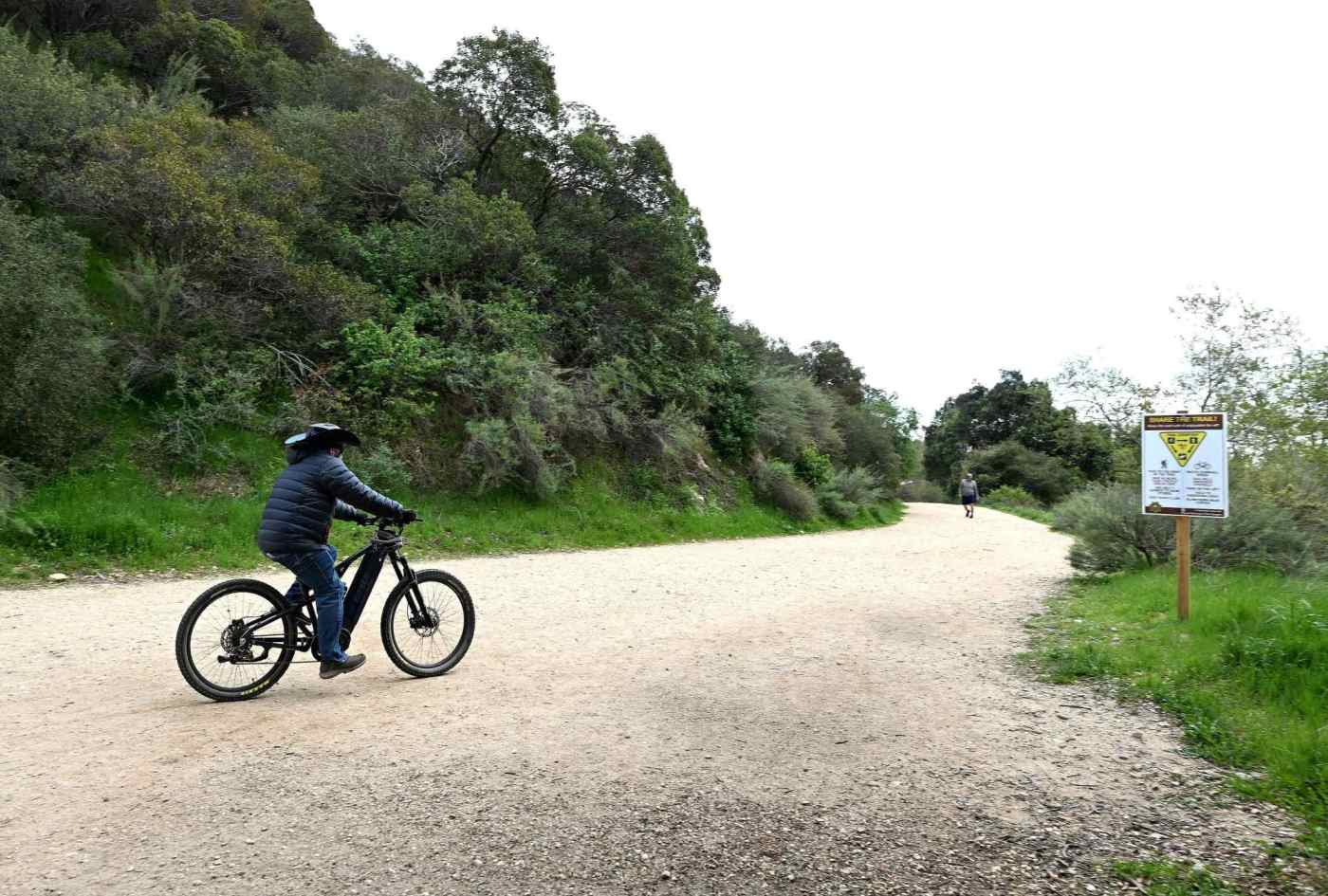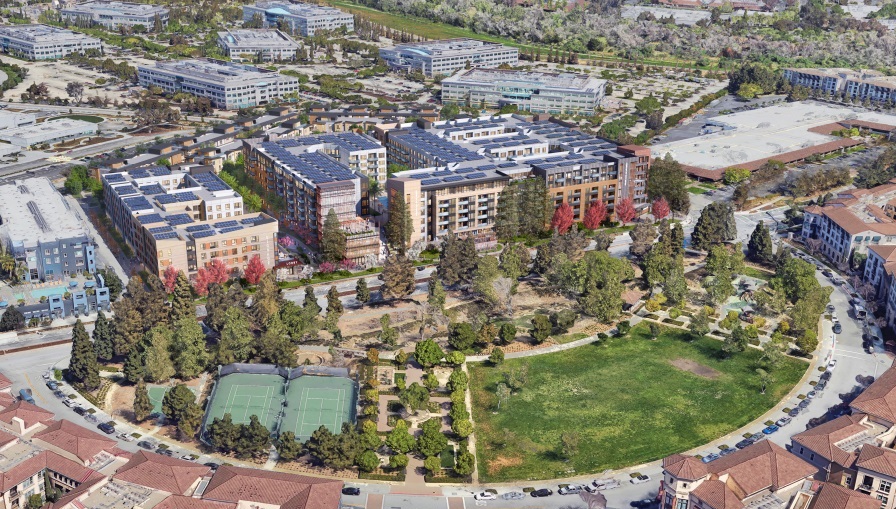The San Bernardino County Sheriff’s Department on Monday, April 14, provided new details on an e-bike crash that killed a 14-year-old boy in Chino Hills.
The crash, on April 5, was at least the second serious accident in less than two weeks in the county involving e-bikes, which are receiving increased scrutiny — and regulation — nationwide because of concerns over unsafe riding.
Related Articles
License to Kill: How the California DMV allows dangerous drivers to stay on the road
Innocent driver dies after CHP pursuit of suspected racer ends in crash
Driver dies after own vehicle rolls over her, San Jose police say
Suspected driver of stolen car charged in passenger’s death in Oakland crash
Man charged in East Bay traffic death
In the April 5 crash, several Vehicle Code laws may have been violated.
The boy who died was driving the e-bike with a rider standing on the pegs when he lost control and hit a wall near Rock Springs Drive and Oakland Way, Gloria Orejel, a Sheriff’s Department spokeswoman, said Monday. Neither rider was wearing a helmet, according to a news release issued April 10.
Among the types of e-bikes, the one that crashed was classified as Class 3, Orejel said. A person must be at least 16 years old to operate a Class 3 e-bike, must wear a helmet if younger than 17 and cannot have riders, according to the state Vehicle Code.
On March 25 in Rancho Cucamonga, a 16-year-old on an e-bike narrowly escaped death.
The Sheriff’s Department said the rider was traveling the wrong way, against traffic, on Wardman Bullock Road. The driver of the van tried to avoid the rider, but both swerved in the same direction and collided. The rider was thrown over the van and into the street but survived after being hospitalized.
Deputies at the Rancho Cucamonga sheriff’s station had been enforcing the Vehicle Code against e-bike riders before that crash, and in a post about the crash on the station’s Facebook page, they offered a blunt assessment of what it might take to get some people to follow the rules.
“Despite our efforts to educate the community through warnings and informational posts on social media, we continue to see non-compliance,” the post says. “Unfortunately, for some, direct experience with the consequences of unsafe or unlawful use may be the most effective teacher. Our priority remains public safety, and we urge parents and teens to take these regulations seriously to prevent avoidable incidents.”
Class 3 e-bikes’ motors, which are engaged only when the rider is pedaling, can create a speed of no faster than 28 mph. Class 1 (pedal-operated) and Class 2 (motor-driven) e-bikes have top speeds of 20 mph and have no age restrictions.
In Riverside County, the Board of Supervisors on Tuesday approved a plan to allow Class 1 and Class 2 e-bikes on sidewalks and trails as long as riders follow safety rules. Under the policy, riders must go in the same direction as traffic, give pedestrians the right of way and use a bell or audible signal to alert people when they’re passing.
The Claremont City Council on March 25 approved the operation of Class 1 and Class 2 e-bikes in the Claremont Hills Wilderness Park while banning Class 3 e-bikes.
The Vehicle Code sections that govern bicycles also apply to e-bikes. And a new state law became effective on Jan. 1 that further regulates the operation of e-bikes. The website Calbike.org lists rules for e-bike operation. Some local rules may be different.
Related Articles
License to Kill: How the California DMV allows dangerous drivers to stay on the road
Innocent driver dies after CHP pursuit of suspected racer ends in crash
Driver dies after own vehicle rolls over her, San Jose police say
Suspected driver of stolen car charged in passenger’s death in Oakland crash
Man charged in East Bay traffic death





